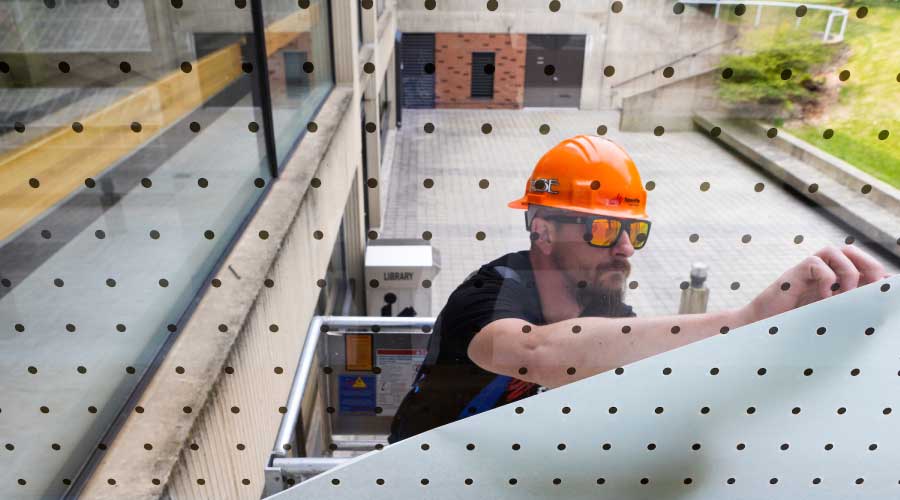A New Generation Of EIFS
EIFS, also known as synthetic stucco, consist of expanded polystyrene foam insulation panels installed with adhesive or mechanical fasteners over a substrate. The foam panels are then covered with a troweled base coat, glass fiber or expanded metal reinforcing mesh, and a troweled finish coat. Finish coats are available in a wide variety of colors and textures.
EIFS were introduced to the U.S. from Europe during the 1960s. These early generation systems were known as barrier systems that were designed to block all moisture from penetrating the exterior wall. Unfortunately, problems on some projects with bad designs, poor installation techniques, and inadequate maintenance gave EIFS a reputation for leaks and damage to building structural components.
The problem was that once water gained access to the interior portions of the wall, there was no way for it to get out. As a result, many buildings constructed using barrier systems experienced extensive damage to wall components.
Almost all of today’s EIFS installations are drainable or water-managed systems. The systems use a drainage system within the wall that allows any moisture that enters or condenses behind the EIFS surface coat a means of exiting the wall. This design prevents damage to the EIFS, its supporting structure and the structural components of the wall.
EIFS offer several advantages compared to conventional exterior wall construction. EIFS are lighter and more economical than many other choices. They are easy to apply and flexible. EIFS can be shaped to fit many designs. As a result, they are suited for use in commercial or institutional facility design.
Choosing a qualified installer is key when considering EIFS. Although the material is easy to work with, a quality installation requires strict adherence to proper application techniques. When problems do occur with EIFS installations, most can be traced back to the improper installation of joints at windows, doors, and other wall penetrations that allow water to gain access behind the EIFS coating.
Although EIFS are a low-maintenance exterior finish, they are not a no-maintenance finish. Exposure to ultraviolet light contributes to the slow deterioration of the surface EIFS materials. Most manufacturers recommend applying a silicone-based color coat to the surface of the EIFS material every ten years. Similarly, it is recommended that all joints and surrounding materials be inspected annually and recaulked as necessary.
Finally, facility executives should ensure penetrations are properly sealed and maintained, particularly if penetrations are added or altered.
Related Topics:











